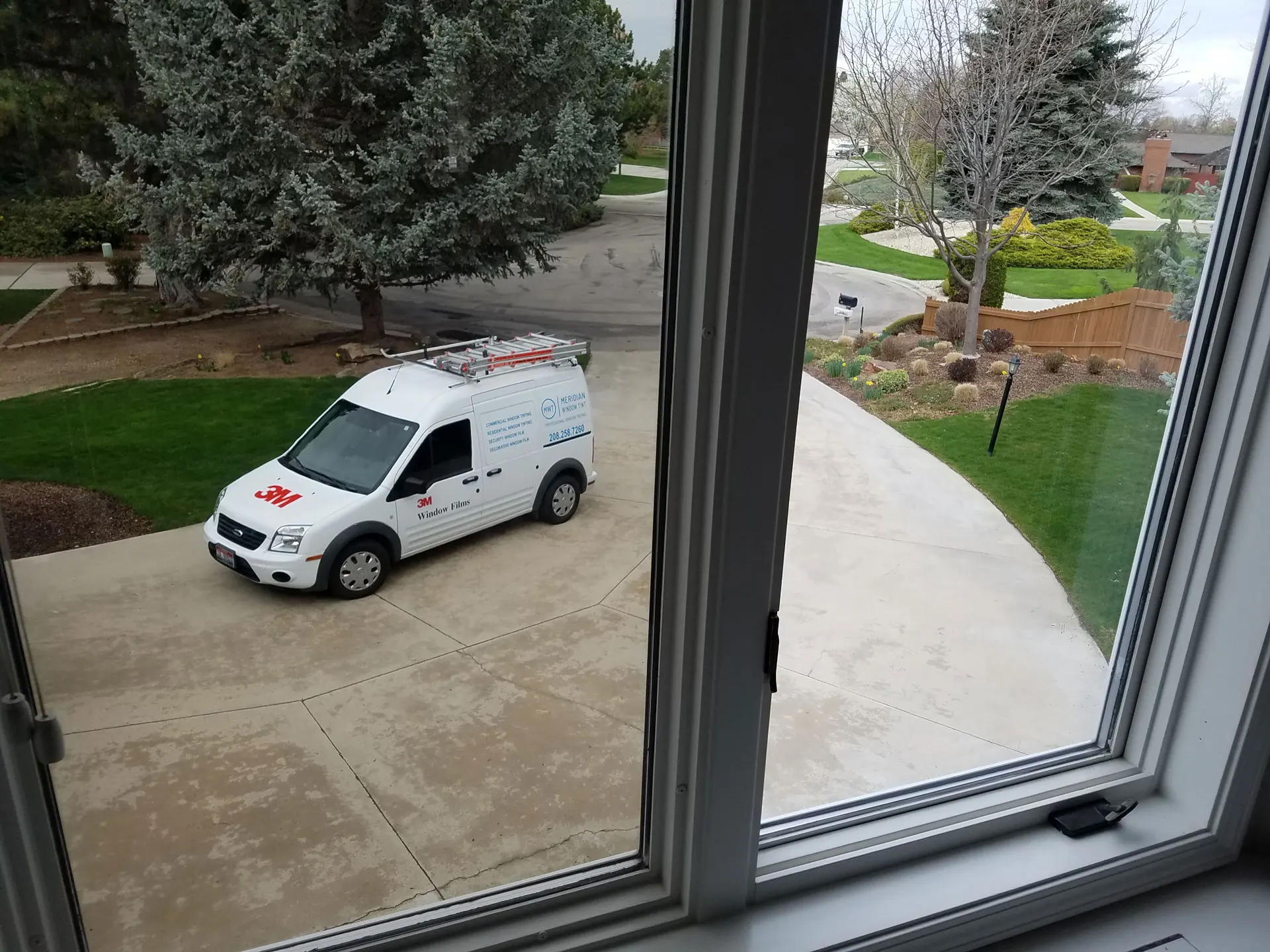Once you have decided that you want to get windows tinted in either your commercial office or home, it is important to take time to educate yourself on the IWFA’s Visual Quality Standard for Applied Film. This will help assure you have a realistic understanding of what applied film will look like once installed.
It is no surprise that photos posted on social media have a series of filters applied and have often been digitally edited by professionals into ideal perfection. However, in reality, even when window film is expertly installed, it is not uncommon for there to be some minor flaws. The application of window film is not a perfect process. This dissonance in perception can lead to unobtainable expectations as well as dissatisfaction with what is actually a beautiful and high-quality window film installation.
With all of this in mind, in 1999 The International Window Film Association (IWFA) developed the Visual Quality Standard for Applied Film. These standards seek to establish realistic and agreed upon standards for the installation of window film on flat glass while upholding the highest of quality achievable.
The IWFA Sets Realistic Expectations About Window Film Installation
Window tinting is not an exact science and some flaws and inconsistencies should be expected according to the IWFA. They highlight the following points to help set expectations and clear up any misconceptions:
- Window tint will NOT have the same appearance as glass.
- It is usually best to inspect your window film 30 days after the installation.
- You need to be at least six feet away from the glass to get the best view to inspect window film.
- If there is dirt or debris inclusions in the window film, but you are not impeded from looking through the window from six feet, the IWFA will approve the installation.
- You will see sight lines and gaps between the window film and frame, especially with a dark or reflective tint.
- Window tint will not stop furniture from fading. At best it slows down the fading process
- Window tint does NOT make glass unbreakable and should not be thought of as a means to keep you safe from intruders.
- You should NOT disturb newly installed window film during the curing phase (usually 30 days).
- When it comes to the actual tint, there are varying levels of thickness. Usually, people get the thinnest option, which is up to 100 microns thick. This takes up to 30 days to cure (the process where any excess water between the tint and the window evaporates). Thicker films take longer, often requiring up to 140 days.
- Installers usually do a visual inspection of glass surfaces before starting an installation.
- If the installers are applying film to a very large pane of glass, then they may need to do a splice line with the film. This is where two separate pieces of film are joined together. That should not be considered a defect.
- If you notice any water pockets or bubbles just after installation – do not push them around to try to fix them. They go away after 30 to 45 days.
- If you notice any haze or streaks, those go away in roughly two to three weeks.
- Use mild dish soap and water in a spray bottle to clean. Do not use harsh cleaners like Windex
If you keep these things in mind, the tinting process will go smoothly and expectations will be on par. Remember, the IWFA is there to establish standards to ensure that the best possible work is done.
Hire a Professional Window Tinting Company in Idaho
At Meridian Window Tint, it is part of our mission to be transparent with customers and therefore we feel it is imperative to share information and answer any questions regarding the IWFA’s standards with clients prior to any installation. We are a member of the IWFA and our team is highly skilled and trained to meet and exceed the industry standards. We also proudly use 3M window films that are protected with a warranty. If you live in Boise, Eagle, Meridian, Nampa, Star, Caldwell, Middleton, Kuna, or Garden City, don’t hesitate to contact us to ask questions or request a free estimate.

